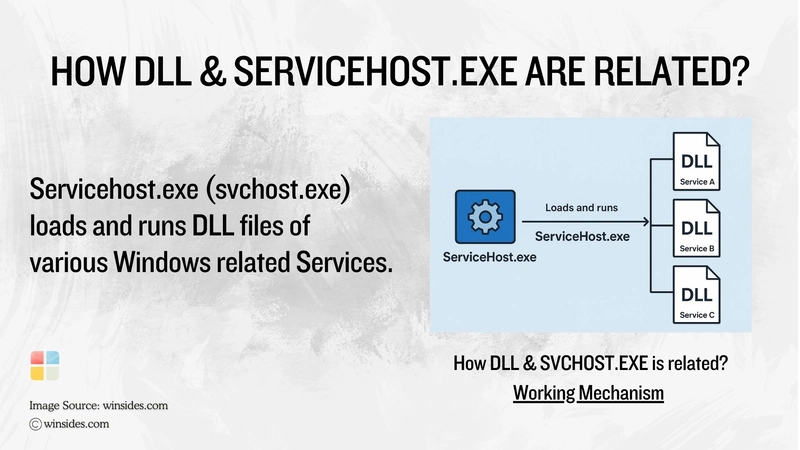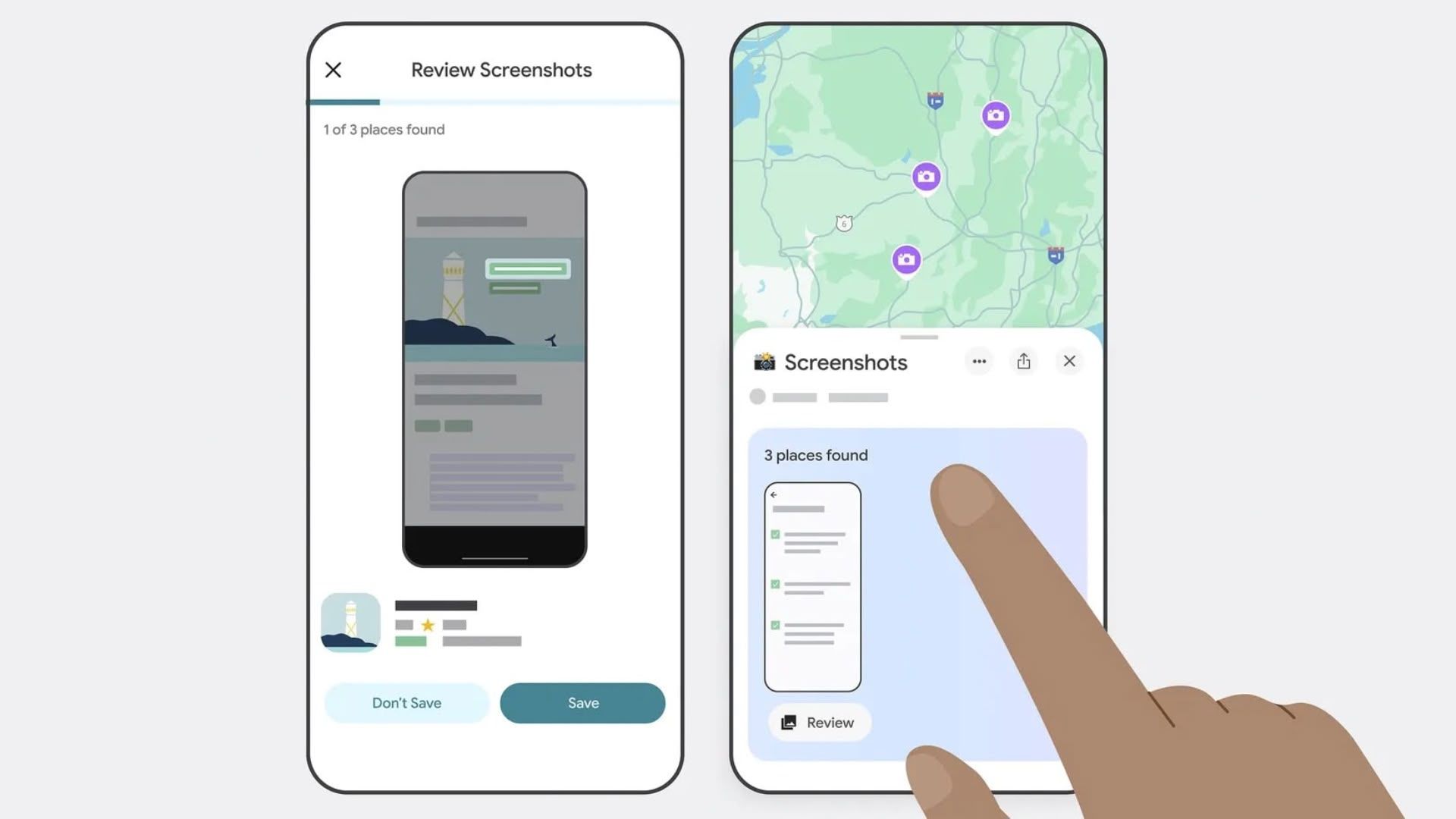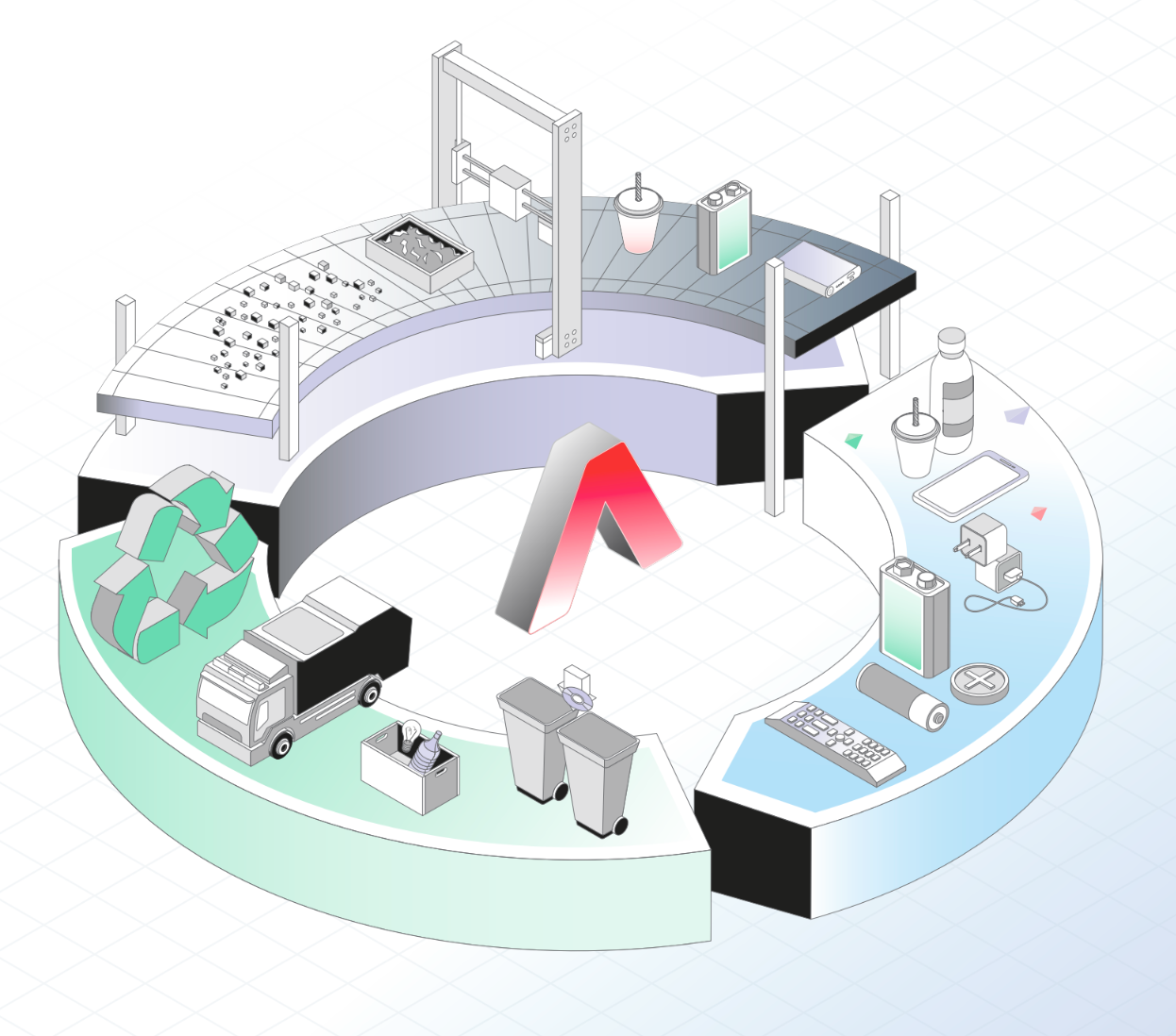WSL2 Setup Guide for Windows
WSL2 Setup Guide for Windows This guide walks you through setting up Windows Subsystem for Linux 2 (WSL2) on Windows, including installation, customization, and best practices. Prerequisites Windows 10 version 2004 or higher (Build 19041 or higher) or Windows 11 Administrator access to your Windows machine At least 8GB of RAM recommended 20GB+ of free disk space Installation Steps 1. Enable WSL via PowerShell Open PowerShell as Administrator and run: # Install WSL with default Ubuntu distribution # This also enables required Windows features wsl --install After installation completes, restart your computer to finalize the setup. 2. Install a Specific Linux Distribution After restart, open PowerShell as Administrator again: # See available distributions wsl --list --online # Install Ubuntu 24.04 LTS wsl --install -d Ubuntu-24.04 When prompted, create a username and password for your Linux distribution. 3. Verify Installation Check that your distribution is installed correctly: # List installed distributions and their WSL versions wsl --list --verbose You should see output similar to: NAME STATE VERSION * Ubuntu-24.04 Running 2 The asterisk (*) indicates your default distribution. Moving WSL to Another Drive (Optional) This is useful to save space on your system drive (C:). 1. Create Destination Directory # Create a folder on your target drive mkdir D:\WSL 2. Export Your Current Distribution # Create a backup of your distribution wsl --export Ubuntu-24.04 D:\WSL\ubuntu_backup.tar 3. Unregister the Current Distribution # Remove the current registration (this will delete all data inside the distribution) # Make sure you've exported the backup first! wsl --unregister Ubuntu-24.04 4. Import the Backup to New Location # Import from backup to the new location wsl --import Ubuntu-24.04 D:\WSL\Ubuntu D:\WSL\ubuntu_backup.tar --version 2 5. Set as Default and Verify # Set as default distribution wsl --set-default Ubuntu-24.04 # Verify the setup wsl --list --verbose Basic WSL Commands # Start your default WSL distribution wsl # Start a specific distribution wsl -d Ubuntu-24.04 # Terminate (shutdown) a running distribution wsl -t Ubuntu-24.04 # Set WSL version for a distribution wsl --set-version Ubuntu-24.04 2 # Update WSL itself wsl --update Setting Up Your Linux Environment After installation, you'll want to update your Linux distribution: # Update package lists and upgrade installed packages sudo apt update && sudo apt upgrade -y # Install common development tools sudo apt install build-essential git curl wget -y File System Access Access Windows files from WSL at /mnt/c/, /mnt/d/, etc. Access WSL files from Windows at \\wsl$\Ubuntu-24.04\home\username\ Best Practices Store project files within the WSL filesystem for better performance, not on Windows drives Use VS Code's Remote WSL extension for seamless development Regularly back up your WSL distribution using the export command Set resource limits in .wslconfig if WSL consumes too many resources Troubleshooting If you encounter issues: WSL not starting: Run wsl --shutdown and then try again Network issues: Restart the LxssManager service in Windows Disk space errors: Clean up your WSL instance or increase virtual disk size Performance problems: Ensure your files are on the Linux filesystem, not Windows Advanced Configuration Create or edit the .wslconfig file in your Windows user directory (C:\Users\YourUsername\.wslconfig): [wsl2] memory=4GB processors=2 localhostForwarding=true Resources Microsoft WSL Documentation Ubuntu WSL Documentation VS Code Remote WSL Extension License This guide is provided under the MIT License.

WSL2 Setup Guide for Windows
This guide walks you through setting up Windows Subsystem for Linux 2 (WSL2) on Windows, including installation, customization, and best practices.
Prerequisites
- Windows 10 version 2004 or higher (Build 19041 or higher) or Windows 11
- Administrator access to your Windows machine
- At least 8GB of RAM recommended
- 20GB+ of free disk space
Installation Steps
1. Enable WSL via PowerShell
Open PowerShell as Administrator and run:
# Install WSL with default Ubuntu distribution
# This also enables required Windows features
wsl --install
After installation completes, restart your computer to finalize the setup.
2. Install a Specific Linux Distribution
After restart, open PowerShell as Administrator again:
# See available distributions
wsl --list --online
# Install Ubuntu 24.04 LTS
wsl --install -d Ubuntu-24.04
When prompted, create a username and password for your Linux distribution.
3. Verify Installation
Check that your distribution is installed correctly:
# List installed distributions and their WSL versions
wsl --list --verbose
You should see output similar to:
NAME STATE VERSION
* Ubuntu-24.04 Running 2
The asterisk (*) indicates your default distribution.
Moving WSL to Another Drive (Optional)
This is useful to save space on your system drive (C:).
1. Create Destination Directory
# Create a folder on your target drive
mkdir D:\WSL
2. Export Your Current Distribution
# Create a backup of your distribution
wsl --export Ubuntu-24.04 D:\WSL\ubuntu_backup.tar
3. Unregister the Current Distribution
# Remove the current registration (this will delete all data inside the distribution)
# Make sure you've exported the backup first!
wsl --unregister Ubuntu-24.04
4. Import the Backup to New Location
# Import from backup to the new location
wsl --import Ubuntu-24.04 D:\WSL\Ubuntu D:\WSL\ubuntu_backup.tar --version 2
5. Set as Default and Verify
# Set as default distribution
wsl --set-default Ubuntu-24.04
# Verify the setup
wsl --list --verbose
Basic WSL Commands
# Start your default WSL distribution
wsl
# Start a specific distribution
wsl -d Ubuntu-24.04
# Terminate (shutdown) a running distribution
wsl -t Ubuntu-24.04
# Set WSL version for a distribution
wsl --set-version Ubuntu-24.04 2
# Update WSL itself
wsl --update
Setting Up Your Linux Environment
After installation, you'll want to update your Linux distribution:
# Update package lists and upgrade installed packages
sudo apt update && sudo apt upgrade -y
# Install common development tools
sudo apt install build-essential git curl wget -y
File System Access
- Access Windows files from WSL at
/mnt/c/,/mnt/d/, etc. - Access WSL files from Windows at
\\wsl$\Ubuntu-24.04\home\username\
Best Practices
- Store project files within the WSL filesystem for better performance, not on Windows drives
- Use VS Code's Remote WSL extension for seamless development
- Regularly back up your WSL distribution using the export command
-
Set resource limits in
.wslconfigif WSL consumes too many resources
Troubleshooting
If you encounter issues:
-
WSL not starting: Run
wsl --shutdownand then try again - Network issues: Restart the LxssManager service in Windows
- Disk space errors: Clean up your WSL instance or increase virtual disk size
- Performance problems: Ensure your files are on the Linux filesystem, not Windows
Advanced Configuration
Create or edit the .wslconfig file in your Windows user directory (C:\Users\YourUsername\.wslconfig):
[wsl2]
memory=4GB
processors=2
localhostForwarding=true
Resources
License
This guide is provided under the MIT License.









































































































































































![[The AI Show Episode 146]: Rise of “AI-First” Companies, AI Job Disruption, GPT-4o Update Gets Rolled Back, How Big Consulting Firms Use AI, and Meta AI App](https://www.marketingaiinstitute.com/hubfs/ep%20146%20cover.png)

























































































































![[DEALS] The Premium Python Programming PCEP Certification Prep Bundle (67% off) & Other Deals Up To 98% Off – Offers End Soon!](https://www.javacodegeeks.com/wp-content/uploads/2012/12/jcg-logo.jpg)

















































































































































































































































![Honor 400 series officially launching on May 22 as design is revealed [Video]](https://i0.wp.com/9to5google.com/wp-content/uploads/sites/4/2025/05/honor-400-series-announcement-1.png?resize=1200%2C628&quality=82&strip=all&ssl=1)













![Beats Studio Pro Wireless Headphones Now Just $169.95 - Save 51%! [Deal]](https://www.iclarified.com/images/news/97258/97258/97258-640.jpg)





































































































